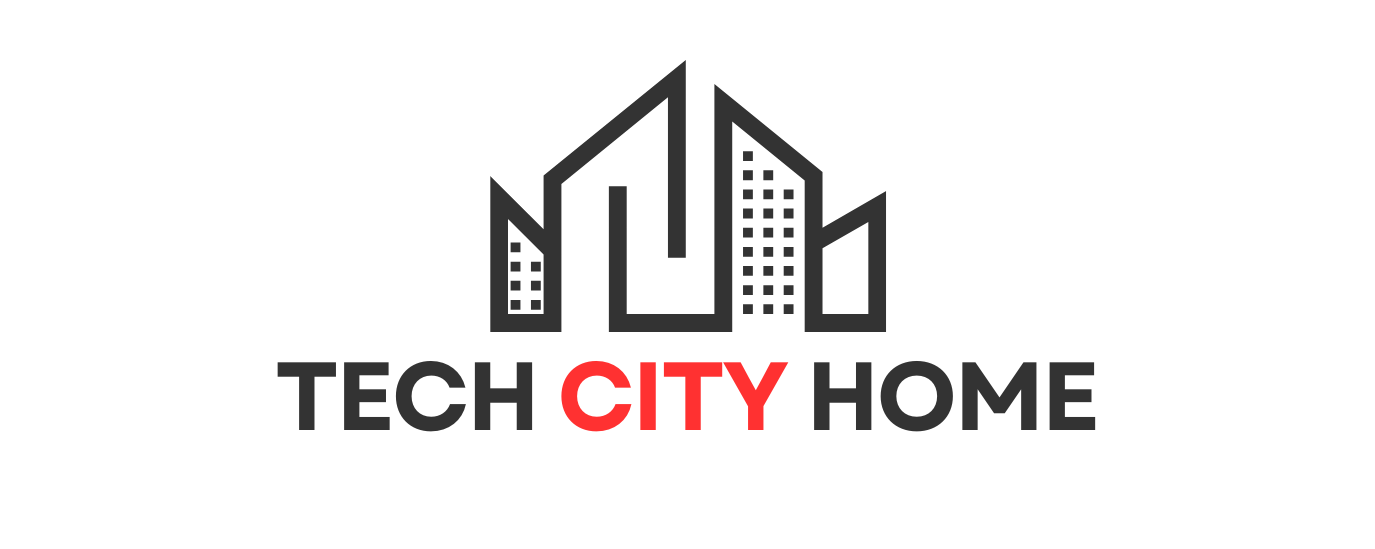How to Tackle Common Errors in 127.0.0.1:62893 and 127.0.0.1:49342

When working on a computer or browsing the internet, you may have encountered the mysterious IP addresses 127.0.0.1:62893 and 127.0.0.1:49342. These strings of numbers and dots may seem confusing at first glance, but they hold a lot of importance in networking and development. In this blog post, we will delve into the complexities of these IP addresses, understand their significance, and learn how to tackle common errors associated with them.
Understanding 127.0.0.1: What Does It Mean?
In the vast world of internet protocols and networking, the IP address 127.0.0.1 holds a special place, signifying what is known as the loopback address. This unique address is not just any ordinary string of numbers but a designated pathway for a computer to refer to itself. The magic of 127.0.0.1 lies in its ability to facilitate communication between different applications on the same device without sending data to the external network. This internal dialogue is critical for testing, development, and troubleshooting, allowing developers and network administrators to simulate network connections and examine how different software components interact.
Including a port number alongside 127.0.0.1, such as in 127.0.0.1:62893 or 127.0.0.1:49342, extends the functionality of this self-referencing mechanism. Port numbers act as doors through which specific types of network traffic can pass, enabling multiple services to run concurrently on a single machine without interference. This architecture streamlines the software development and testing process and enhances the security and efficiency of local network configurations.
Understanding 127.0.0.1 and its accompanying port numbers cannot be overstated in the context of modern computing. It serves as a foundation for creating isolated environments where applications can safely communicate, away from the vulnerabilities and unpredictabilities of the external internet. This mechanism gives developers a valuable tool for building and refining applications before they are deployed in real-world scenarios.
Deciphering Port Numbers: 62893 and 49342 Explained
Port numbers like 62893 and 49342 serve a critical role in the ecosystem of networked applications, essentially acting as dedicated channels for specific services or applications to communicate internally on a device. A port number attached to the loopback address 127.0.0.1 signifies a direct line to a particular process or service operating within the computer. This specificity allows for precision in networking and application development, providing a means to direct traffic exactly where it needs to go without external interference.
Understanding the significance of these port numbers goes beyond mere identification; it delves into application management and troubleshooting. For instance, an application designed to run on port 62893 will listen for incoming connections strictly on this channel, ensuring that its communications are isolated and secure from other processes that might be concurrently active. Similarly, a service assigned to port 49342 will exclusively monitor interactions on this port, allowing for a clear distinction of traffic and responsibilities within the local environment.
Identifying and managing port numbers correctly is pivotal for smoothly operating services on a computer. Conflicts arise when multiple applications attempt to claim the same port, leading to errors that can halt communication and disrupt service functionality. By allocating unique port numbers to each service, developers can avoid these conflicts, ensuring each application has a clear and unobstructed path to communicate internally. In the context 127.0.0.1, these port numbers enrich the loopback communication process, facilitating precise and efficient service interactions without needing external network resources.
Common Errors and Their Causes
Navigating the intricacies of the loopback address 127.0.0.1 and its associated port numbers, such as 62893 and 49342, can sometimes lead to stumbling blocks, mainly when services refuse to cooperate as expected. Users commonly encounter errors that are not arbitrary but stem from identifiable and often fixable issues. Key among these is service interruptions, where an application or process ceases to function or fails to initiate correctly. This can happen for various reasons, from internal errors within the application to insufficient permissions or resources allocated to the service.
Another prevalent issue is port conflicts. These occur when two or more services attempt to utilize the same port number simultaneously, creating a bottleneck that prevents proper communication. Given the unique role of each port number in facilitating specific service operations, such conflicts can disrupt the normal flow of data, leading to service degradation or outright failure.
Configuration mishaps also contribute significantly to the list of common errors. Incorrect settings, whether in the service’s configuration files or the broader system settings, can prevent an application from communicating effectively on its designated port. Such misconfigurations might involve erroneous security settings, improperly assigned port numbers, or conflicting rules within the firewall, all of which can interfere with the intended operations of services running on 127.0.0.1.
Identifying the root causes of these errors is the first step towards resolution. This allows for targeted actions that can restore functionality and ensure the smooth operation of services on the local machine.
Step-by-Step Solutions to Fix Errors
Addressing errors with 127.0.0.1:62893 and 127.0.0.1:49342 can be straightforward if approached methodically. Begin by identifying if a service that should be running on either port is currently inactive. In such cases, employing scripts to restart services can be a practical first step. This reinitialization often resolves issues from temporary glitches or failures to start correctly.
When port conflicts are identified as the root cause of communication failures, reconfiguring the involved applications to utilize alternative ports becomes necessary. This adjustment requires accessing the application settings or configuration files where port numbers are defined and selecting an unused port as the new communication channel.
You may need to adjust firewall settings to ensure uninterrupted service operation. Adding a rule to allow inbound connections on port 62893 for localhost can mitigate issues related to blocked traffic. Typically, you perform this task within the firewall settings in the system’s control panel or by executing terminal commands designed for firewall configuration, such as those involving iptables.
It’s also advisable to consult the documentation of the applications running on these ports for any specific instructions regarding port configurations or known issues. Such documentation often provides insights into optimal settings and troubleshooting tips tailored to the application.
Lastly, leveraging diagnostic tools like Netstat or Isof can provide a clear picture of applications currently using port 62893. This information is invaluable for identifying unexpected port usage that could lead to conflicts and verifying the successful implementation of port assignment changes.
Tools for Diagnosing and Resolving Issues
For individuals facing challenges with IP addresses like 127.0.0.1:62893 and 127.0.0.1:49342, leveraging specific diagnostic tools can help pinpoint and address underlying issues. Netstat and Isof are among the most valuable tools in this context.
Netstat, a command-line utility, is instrumental for examining active network connections, including listening ports and ongoing network connections. By executing Netstat commands, users can determine which ports are currently in use and by which applications, providing clarity on potential port conflicts or unauthorized usage that could be contributing to connectivity problems.
Isof, on the other hand, offers a broader perspective by listing open files and the processes that opened them. When applied to network diagnostics, Isof can reveal which applications are accessing network sockets, including those bound to the loopback address and specific ports like 62893 and 49342. This insight helps verify that the correct application runs on the intended port and identifies unexpected applications that may be occupying ports and causing conflicts.
Together, these tools form a powerful diagnostic duo, enabling users to assess their local network environment comprehensively. By effectively utilizing Netstat and Isof, individuals can uncover the root causes of network issues, streamline the troubleshooting process, and implement precise solutions to restore optimal functionality to their networking setup.
Read More
Wrapping Up: The Importance of 127.0.0.1 in Networking
As we conclude, it’s evident that the addresses 127.0.0.1:62893 and 127.0.0.1:49342 are more than just cryptic figures; they are foundational to the functioning of our local network environments. These addresses enable precise, secure communications between various applications on a single machine, facilitating development, testing, and troubleshooting processes without the risks associated with external networks.
By mastering how to navigate and resolve common issues associated with these loopback addresses and port numbers, users can significantly improve the reliability and efficiency of their applications. This understanding not only demystifies the initial complexity of these addresses but also highlights their vital role in creating robust, isolated testing and development environments. The knowledge and skills gained from dealing with these addresses equip individuals to maintain optimal networking conditions, ensuring that applications run smoothly and efficiently.






